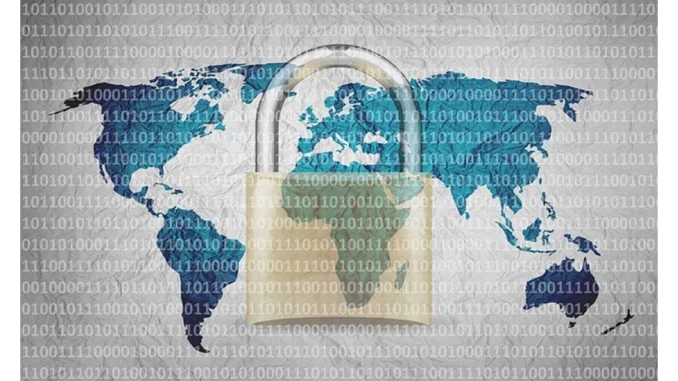
Summary
Data Integrity: Best Practices for Comprehensive Backup Strategies
As digital data continues to proliferate, safeguarding against potential loss is increasingly imperative. The significance of a robust backup strategy cannot be overstated, given the risks posed by hardware failures, cyber threats, and unforeseen disasters. This article delves into effective methodologies for backing up substantial data volumes, offering insights into industry-standard practices and technologies.
Main Article
Understanding the Critical Need for Data Backup
In an era where digital content forms the core of both personal and professional domains, ensuring data integrity is paramount. The repercussions of data loss are manifold, spanning from personal inconvenience to severe financial and reputational damage for businesses. “Developing a reliable backup system is akin to taking out an insurance policy on your data,” notes Sylvia Carter, an industry observer. A comprehensive backup strategy enables swift recovery, facilitating a return to normalcy with minimal disruption.
3-2-1 Backup Strategy: An Industry Staple
The 3-2-1 backup rule is heralded as a gold standard within data management circles. This approach advises retaining three copies of data: the original plus two backups, with storage across different media types and one copy housed offsite. This diversified strategy fortifies against a spectrum of data loss scenarios, ensuring redundancy and security.
Exploring Backup Technologies
External hard drives remain a favoured option due to their cost-effectiveness and portability. Available in HDD and SSD formats, they cater to varying performance and budgetary needs. SSDs offer superior speed, albeit at a higher price point. Built-in operating system software, such as Apple’s Time Machine, can streamline the backup process to external drives, automating regular data preservation.
In contrast, cloud storage solutions like Google Drive and Microsoft OneDrive offer scalability and accessibility. These platforms are particularly advantageous for offsite backups, guarding against physical threats such as theft or natural disasters. However, users must weigh the costs of large data volumes and scrutinise the provider’s security measures, including encryption protocols, to ensure data safety.
Network Attached Storage (NAS) devices present a robust solution for substantial data management needs. Functioning as a centralised storage hub within a network, NAS devices facilitate simultaneous data access and backup for multiple users. Features such as RAID configurations enhance redundancy, although the initial investment can be significant.
USB flash drives, while convenient for small-scale backups, are less suited to large data volumes due to their limited capacity and higher risk of physical loss or damage. Nevertheless, they serve as a useful component in a layered backup strategy, especially for data transportation.
Optical media, including CDs and DVDs, provide a durable yet limited storage solution. While less prone to electronic failures, their capacity constraints and the laborious nature of data burning limit their practicality for extensive data sets. However, they remain viable for archiving infrequently updated information.
For those preferring automation, online backup services such as Backblaze and iDrive offer encrypted, cloud-based solutions. These services are ideal for users seeking a “set-it-and-forget-it” approach, with automated scheduling and comprehensive file recovery options.
Tailoring Your Backup Strategy
When formulating a backup strategy, consider data volume, budget, and specific requirements. Businesses handling sensitive data may prioritise security and regulatory compliance, whereas individuals could focus on cost-effectiveness and user-friendliness. Integrating multiple methods, such as NAS and cloud storage, can yield a balanced, comprehensive backup solution.
Detailed Analysis
The growing reliance on digital data necessitates a proactive approach to data protection. As cyber threats and hardware vulnerabilities evolve, the importance of a multifaceted backup strategy becomes evident. The 3-2-1 rule, with its emphasis on redundancy and diversification, remains a cornerstone of effective data management. By leveraging various technologies, users can tailor a backup system that aligns with their unique needs, ensuring resilience against data loss.
Further Development
As technology advances, the landscape of data backup continues to shift. Emerging trends in cybersecurity, cloud computing, and data storage present new opportunities and challenges for data management. Future coverage will explore innovations within these domains, offering insights into how they may reshape data backup strategies. Stay engaged for updates on these developments, which promise to redefine data resilience in the digital age.

